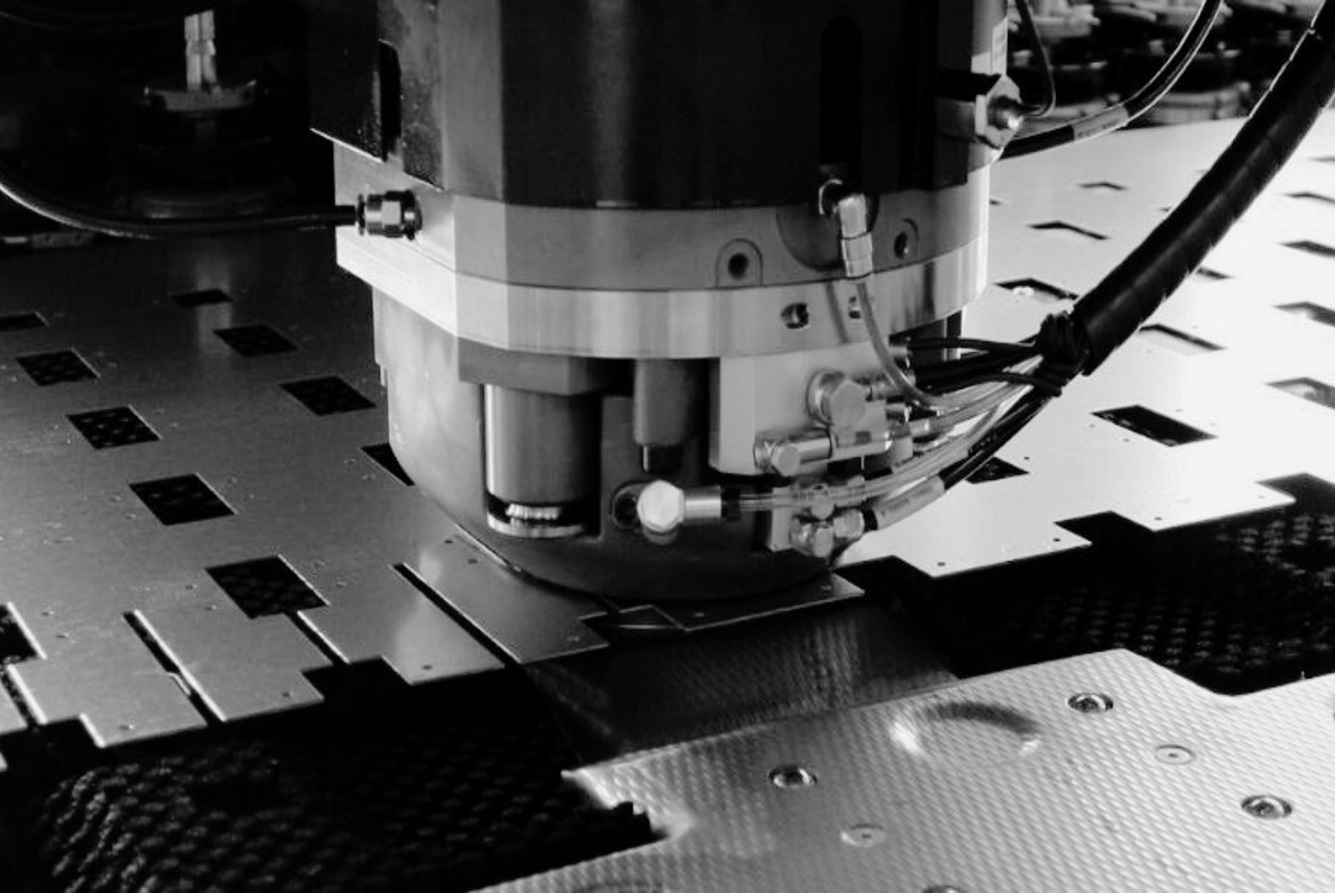

Piercing metal or cutting it might sound easier, but when it comes to achieving precision and consistency, you will find that it requires skill and the right tools to ensure that the final product matches the prototype.
Metal punching and notching are two techniques that can transform metal into something useful and wonderful. Earlier, metal punching and notching were daunting tasks, considering the job was manual, but times have changed, and so have the processes.
This blog is all about metal punching and notching techniques and achieving perfection by following expert advice.
Read on!
Metal punching is the process of punching holes in a metal sheet.
On the other hand, metal notching is the process of cleaning the edges from the perimeter of the metal sheet.
A sheet metal hole punch is used to carve holes within the edges, and a metal notching tool is used to clear the metal from the edges of the sheet.
It can be said that metal notching is a shearing process where pieces are removed from the edge of a metal sheet.
Here is the step-by-step process for metal punching:
Preparation: The first step is to prepare the metal based on your project needs. If the metal is in the form of large sheets, it is sheared into small, manageable pieces. Also, ensure that the metal is free from any impurities that might affect the punching and jeopardize the project.
Tool Selection: A suitable tool is selected based on the metal being punched. In general, a high-speed steel punch or tungsten carbide punch is used. At times, a custom metal punch might be required for specific needs.
Setup: Based on the hole type and size, the punch and die are set on the punching press.
Marking: Mark the sheet where it must be punched. With the advent of CNC tools, the need for marking the metal has been eliminated, as the computer program uses a framework consistently on the sheets.
Punching: The punching begins once the sheet is clamped and the metal is ready. Engage the punch press to drive the punch through the metal, creating the desired cut.
Inspection: Quality control is essential, and thus, the punched sheets should be inspected after the punching process to ensure that the desired results have been achieved.
The two methods, metal punching, and notching, are used widely in multiple industries and offer numerous benefits, which have been discussed here.
Automotive Industry: Sheet metal punching is used in the automotive industry to fabricate body panels (doors, hoods, trunk lids, and fenders), chassis components (brackets and mounts), interior components (seat brackets, console panel, dashboard), heat shields, etc.
Electronics and Telecommunications: In the electronics and telecommunications industry, multiple appliance parts and components are fabricated with metal punching, such as enclosures and chassis for computers, servers, routers, etc., connectors and terminals for electronic connectors, racks and cabinets used in data centers and server rooms, cable management systems, etc.
Construction Applications: Metal punching provides multiple solutions in the construction industry by precisely punching structural components (brackets, connectors, plates), roofing and cladding panels, HVAC systems, architectural features for buildings, etc.
Medical Applications: The medical industry requires precision, which sheet metal punching offers through precision punching of medical equipment (surgical instruments, diagnostic devices, etc.), medical cabinets and carts used in hospitals to carry the items around, medical device enclosures, medical furniture, etc.
There are other industries where metal punching plays a significant role.
Check out these expert tips and advice to achieve perfection in metal punching and notching:
Material Selection: One must choose the right material for the project. You can get help from the experts here. Also, each metal reacts differently to punching. You will find that an aluminum hole punch doesn’t require as much power as punching carbon steel would. Harder metals require powerful punches, so you must also choose your punching tools carefully.
Tool Maintenance: Punching dies and sets require regular maintenance and replacement to achieve the smoothest hole punching.
Pilot Holes: When working with intricate designs, complex shapes, and challenging patterns, you are advised to punch pilot holes. However, it would be much safer to use the services of a professional who can offer custom metal punch.
Safety First: When dealing with metal, always wear PPE gear to keep you safe.
Attempting metal punching for DIY projects might seem like a good idea, but if you are a novice and don’t know how to handle it, we advise you to contact us at New Mexico Metals LLC.
We are known in the industry for our top-quality services. We offer custom metal punching and notching services, retail and wholesale. With our one-of-a-kind punching machines and experienced staff, we can punch what you need.
Contact us or visit our website anytime.